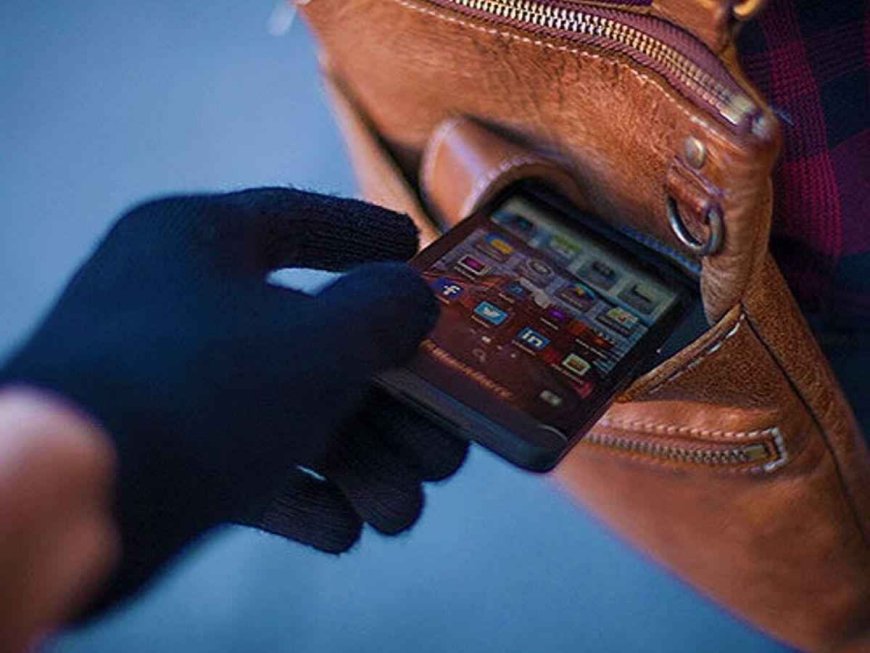Safeguarding Data in the Event of Mobile Theft: Effective Measures for Enhanced Security
In today's digital age, smartphones have become an integral part of our lives, storing vast amounts of personal and sensitive information.

In today's digital age, smartphones have become an integral part of our lives, storing vast amounts of personal and sensitive information. Unfortunately, mobile theft is a prevalent concern, potentially exposing our data to unauthorized access. To mitigate this risk and protect your valuable data, it is crucial to adopt proactive measures. This article explores practical strategies and best practices to safeguard your data in the unfortunate event of mobile theft.
Secure Lock Screen and Passcodes
The first line of defense against unauthorized access is a strong lock screen. Set up a PIN, password, or pattern lock that is not easily guessable. Avoid using common combinations or personal information such as birthdays. Consider utilizing biometric authentication methods, such as fingerprint or facial recognition, if your device supports them. Regularly update your passcodes and refrain from sharing them with others.
Activate Remote Tracking and Locking
Most modern smartphones offer built-in features that enable remote tracking and locking capabilities. Ensure that you have activated these features on your device. In the event of theft, these tools allow you to locate your device using GPS, remotely lock it to prevent unauthorized access, and even wipe its data if necessary. Familiarize yourself with the functionalities provided by your device's operating system or consider installing third-party security apps that offer similar features.
Enable Two-Factor Authentication
Implementing two-factor authentication (2FA) adds an extra layer of security to your mobile device. By enabling 2FA, you add an additional step to the login process, typically involving a verification code sent to a trusted device or email. This ensures that even if someone gains access to your passcode, they still require the secondary authentication method to access your accounts and sensitive data. Enable 2FA wherever possible, especially for important accounts like email, social media, and banking applications.
Regularly Back up Your Data
Regular data backups are essential for both security and convenience. In the event of mobile theft or loss, having a recent backup ensures that your valuable data remains accessible. Utilize cloud-based services or external storage devices to back up your data regularly. Take advantage of automatic backup options provided by your device or consider using backup apps that offer additional security features, such as encryption.
Encrypt Your Data
Encryption is a powerful tool to protect your data from unauthorized access. Most smartphones provide encryption options that allow you to encrypt your device's storage. When enabled, encryption scrambles your data, making it unreadable without the decryption key. In the event of theft, encrypted data is significantly harder for thieves to access. Enable encryption on your device through the settings menu or consult your device's user manual for specific instructions.
Utilize Find My Device Services
Both iOS and Android operating systems offer "Find My Device" services that assist in locating and securing your stolen or lost device. These services use GPS to track the device's location, allowing you to pinpoint its whereabouts. Additionally, they provide options to remotely lock the device, display a message to the thief, or erase its data. Ensure that you have activated and configured these services on your device to maximize your chances of recovering it and protecting your data.
Be Cautious of Public Wi-Fi Networks
Public Wi-Fi networks can be breeding grounds for cybercriminals seeking to intercept data transmitted from your device. Exercise caution when connecting to such networks, especially for sensitive activities like online banking or accessing confidential information. Instead, use a trusted virtual private network (VPN) when connecting to public Wi-Fi. A VPN encrypts your internet traffic, making it significantly more difficult for hackers to intercept and exploit your data.
Install Security Software
Enhance the security of your mobile device by installing reputable security software. Antivirus and anti-malware applications can detect and remove malicious software that may compromise your data. Regularly update these security applications to ensure they are equipped with the latest threat detection capabilities. Additionally, consider using privacy-focused apps that provide additional layers of protection, such as app lockers and secure browsing features.
With the increasing prevalence of mobile theft, it is crucial to implement effective measures to safeguard your data. By following the strategies outlined above, including securing your lock screen, activating remote tracking and locking, enabling two-factor authentication, regularly backing up your data, encrypting your data, utilizing Find My Device services, exercising caution on public Wi-Fi networks, and installing security software, you significantly enhance the security of your mobile device and protect your valuable data from unauthorized access. Stay vigilant and proactive to ensure the safety of your personal information in an increasingly digital world.
